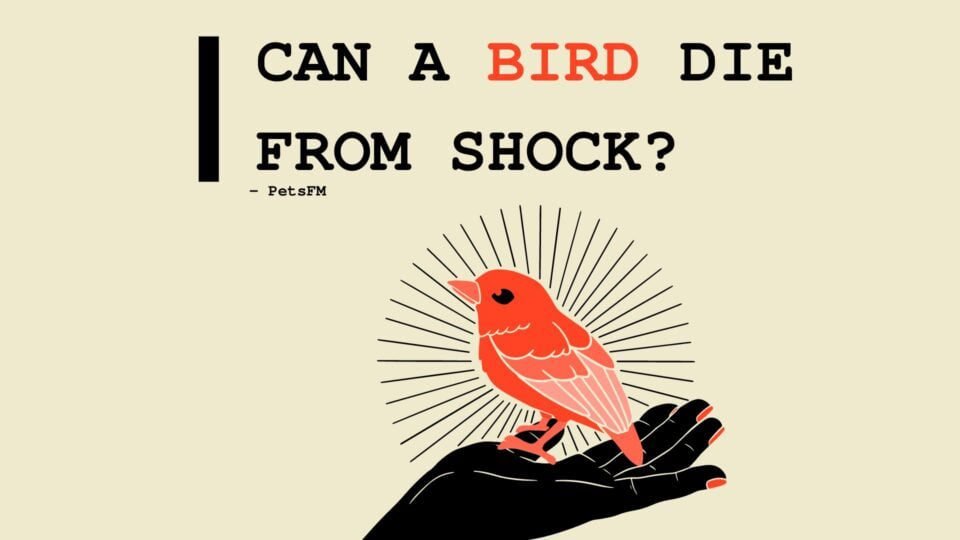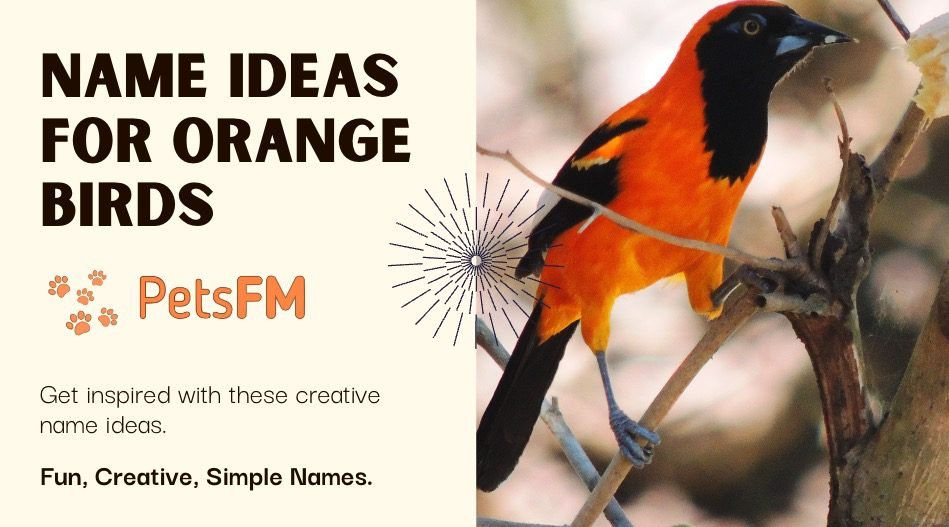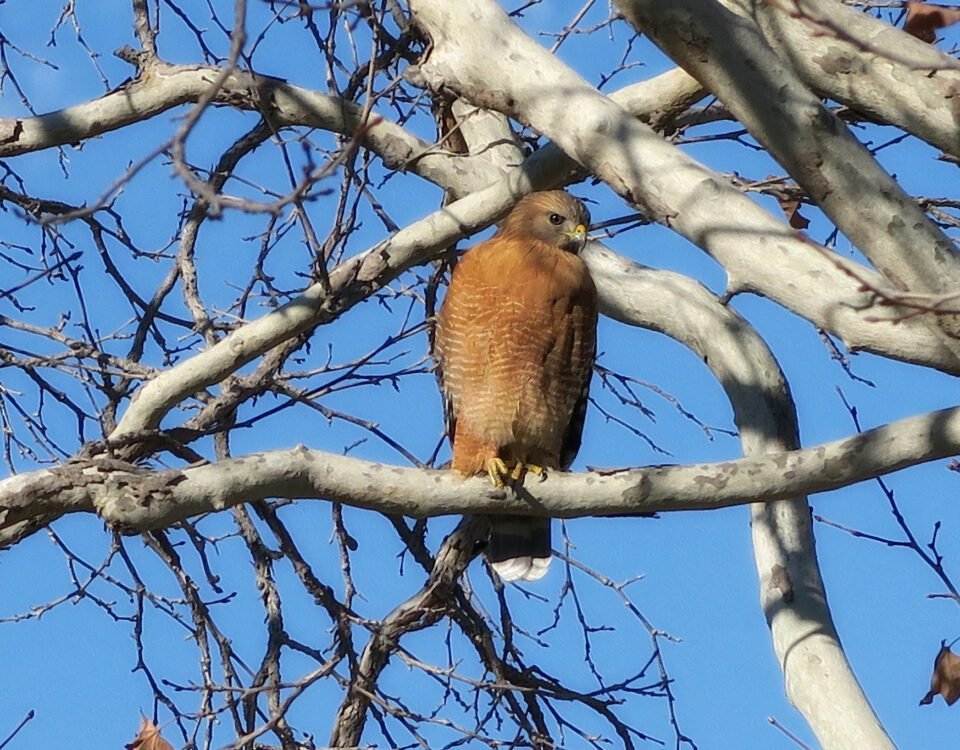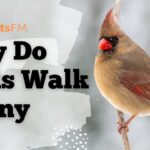


Why Do Birds Walk Funny? Different Types of Bird Walk
September 13, 2023


Why Do Birds Circle In The Air? (ANSWERED!)
September 13, 2023Ever witnessed a bird paralyzed, unable to flutter its wings or escape? This kind of behavior is known as shock and can be triggered by different factors. But today’s question is: Can a bird die from shock?
Birds are quite sensitive creatures and can easily enter a state of shock when injured, which can also sometimes be fatal. When a bird hurts itself and remains alive, it might need some time to recover before it can take flight again.
In this article, we will talk about the scientific explanations for why birds enter a state of shock, the symptoms involved, and how you can help if you see one in shock.
Related Read: Why Do Birds Walk Funny? Different Types of Bird Walk
What Is A Shock In Birds?
It’s a physiological reaction, leading to a fast decline in blood pressure and reduced oxygen content in the animal’s blood. This result can leave an animal physically and mentally impaired, resulting in lowered coordination or problem breathing. In extreme shock, the bird might lose consciousness or even die if not attended.
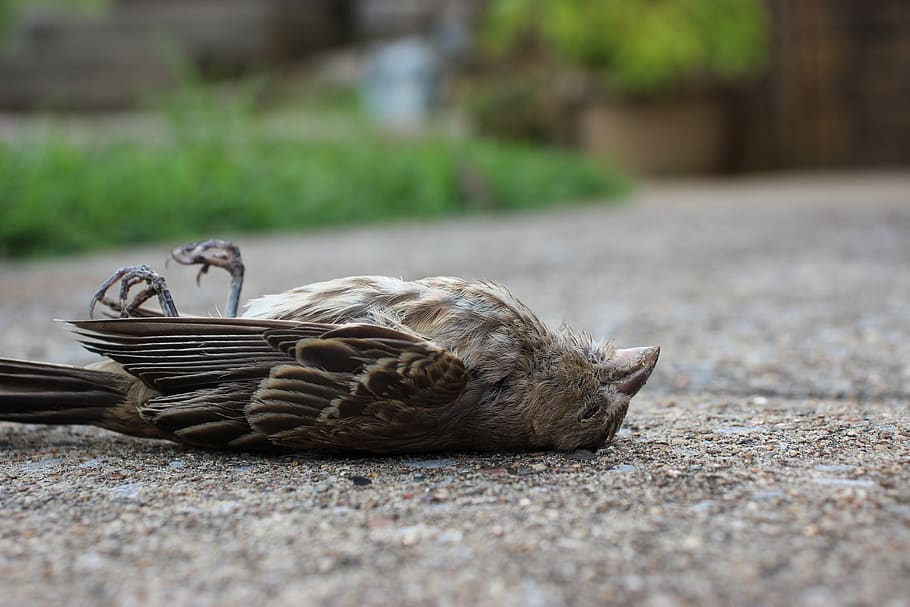

Bird in Shock
Two Types Of Shocks In Birds
Birds can experience two distinct forms of shock: physical and psychological.
Physical Shock
Physical shock arises due to external injuries or environmental alterations. It can be triggered by extreme temperatures (either too hot or too cold), serious illnesses, a fall from a significant height, physical harm, or respiratory issues. Indications of physical shock include:
- Overall weakness
- Challenges in standing upright
- Trouble breathing
- Unusual heart rhythm, breathing patterns, and body temperature
Psychological Shock
This shock emerges when a bird undergoes a traumatic incident or situation. This includes verbal mistreatment, neglect, and environmental shifts, such as moving to unfamiliar surroundings. Indications of psychological shock are:
- Reduced appetite leads to weight loss
- Puffed feathers and a drooping posture
- Signs of fatigue or elevated aggressiveness
Interesting Read: Why Do Birds Attack Hawks? Know The Actual Truth!
Why Does A Bird Goes In Shock Easily?
With their delicate and fragile bodies, birds are highly susceptible to shock due to their intricate physiology. Their high metabolic rates allow them to cover vast distances when flying; however, this rapid metabolism makes them vulnerable to external stressors.
Below are the common factors initiating shock in a bird:
- Scalds or burns
- Issues with egg-laying, commonly known as egg-binding
- Attacks by predators
- Collisions with windows
- Being struck by a vehicle
- Extended periods of malnutrition
- Extreme exposure to cold (hypothermia)
- Obstructions inside the body that restrict breathing
- Symptoms of bacterial or viral infections
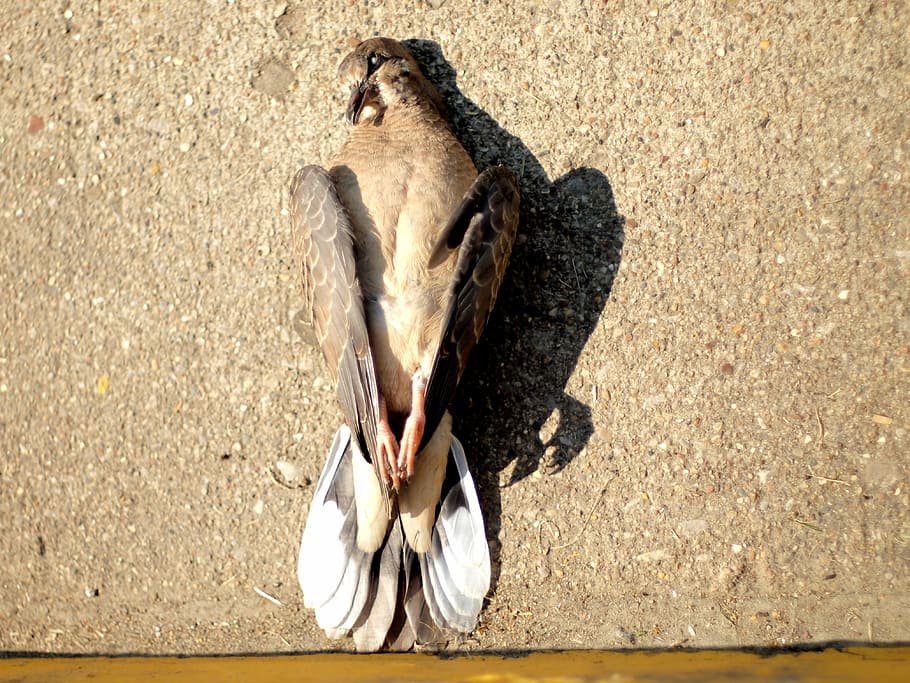

Signs Of a Bird in Shock:
The following are some common signs to identify a bird in shock or distress:
Staying Motionless
Birds in shock often remain motionless on the ground. They may even look lifeless. Their immobility could be due to wing damage or impairing movement.
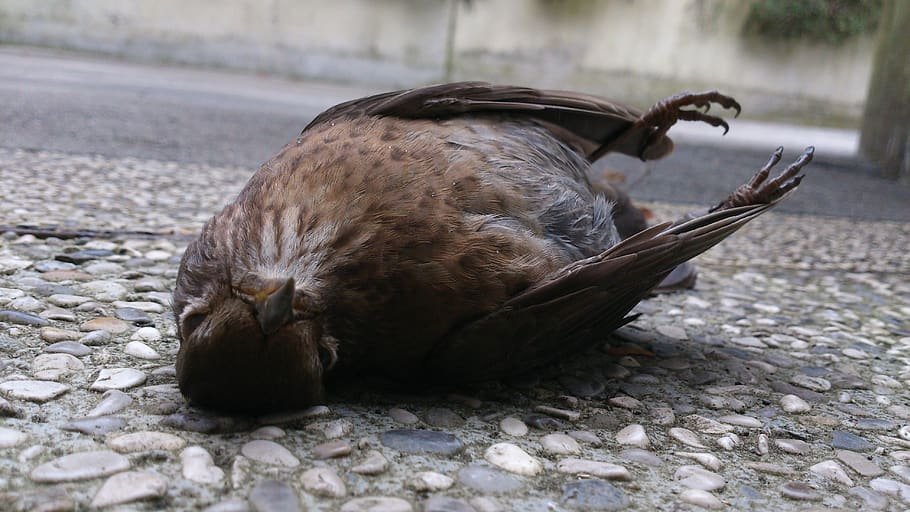

Motionless Bird
Unresponsive When Approached
A bird deeply shocked doesn’t react or attempt flight when approached. This behavior is especially noticeable after predator attacks like eagles, cats, or dogs. Cats, in particular, frequently target domesticated birds. Birds not flying upon approach are likely injured, necessitating immediate attention and care.
Puffed-Up Appearance
Birds might puff up their feathers as an intimidation tactic toward threats. While this indicates shock, the silver lining is that this reaction suggests some degree of recovery from their dire state.
Visible Wounds and Bleeding
One of the most apparent signs of a shocked bird is visible injuries and bleeding. These injuries could be accompanied by broken wings, rendering the bird flightless for an extended period.
Physical Trauma and Eye Changes
Birds attacked by larger predators may show noticeable injuries. Domesticated birds might be particularly susceptible, having lost some of their natural defenses. Signs include:
- Legs dangling uncontrollably
- Wings are hanging limply instead of being neatly folded.
- Aimless circular movement
- Swollen or half-shut eyes, sometimes accompanied by crusty residue.
Irregular Breathing Patterns
The respiratory rate of a shocked bird can vary. Some might breathe rapidly, while others take labored, slow breaths. Emergency resuscitation might be necessary if the breathing seems dangerously slow, comparable to human CPR.
Struggling but Unable to Take Flight
A bird in shock might desperately try, yet fail, to fly. The shock affects its neuromuscular control, making it challenging to manage its wings and master flight techniques. Even with immense effort, they might remain grounded.
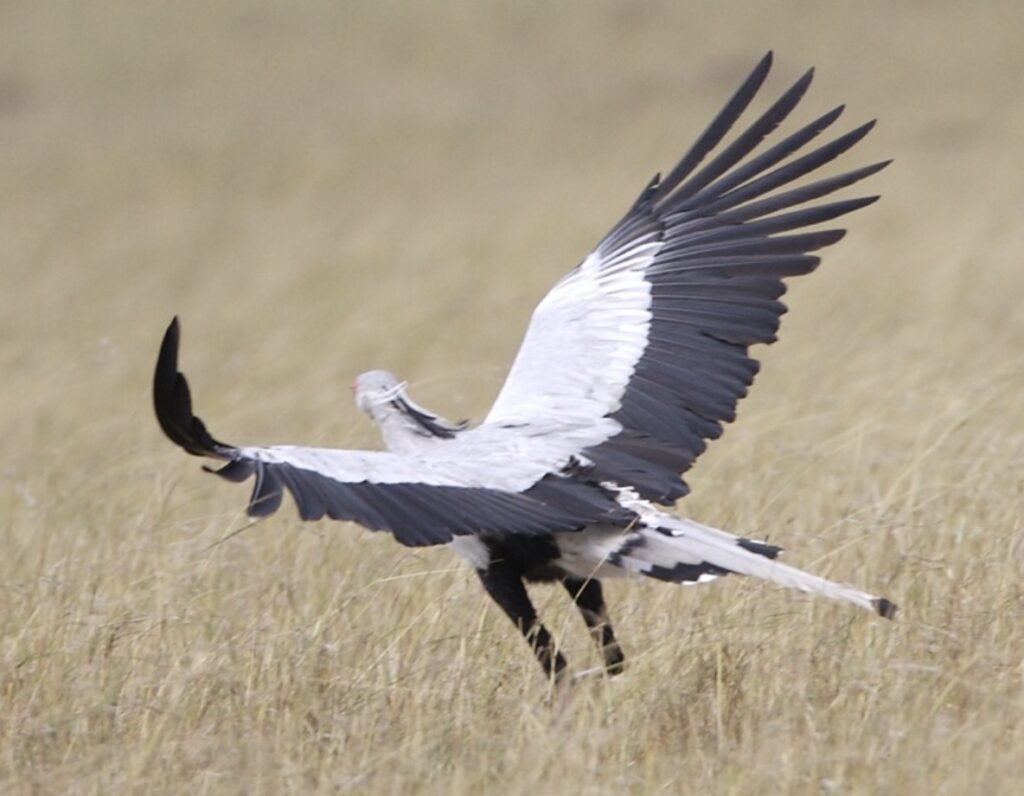

Unable to Take Flight
How Long Do Birds Stay In Shock?
The time a bird remains in shock can vary, influenced by the situation’s intensity and root cause. Some birds might bounce back swiftly within a few minutes, whereas others might need extended care.
It’s crucial to recognize that even after overcoming the immediate signs of shock, a bird might remain weak and vulnerable. In these cases, additional supportive care may be necessary for complete recovery.
Must Read: Why Do Birds Have Claws? The Real Reason Why!
Do Stunned Birds Breathe?
Yes, a stunned bird continues to breathe. However, you may observe its beak open, with the bird breathing through it. While the breathing rate might be noticeably slow, this doesn’t imply the absence of respiration.
In fact, if a bird is mouth-breathing with its beak open, it is a sign that it’s experiencing shock.
How To Treat A Bird In Shock? Some Useful Tips
If you have encountered a bird in shock, whether a pet or wild, it’s essential to assist in its recovery. Here are some tips to help you navigate the process:
Breathing Check: Immediately assess the bird’s breathing. If it’s not breathing or doing so very slowly, assist it by gently blowing air through its beak.
Injury Assessment: Examine the bird’s wings, limbs, head, and other parts for injuries. Minor injuries can be treated at home with gentle care. Whereas for severe injuries, seek a veterinarian’s expertise immediately.
Environment: Place the bird in a peaceful setting with no noise and bright lights, ideally at room temperature. Use a soft cloth as a resting place for the bird and ensure the environment is quiet and free from disturbances.
Feeding: Once the bird shows signs of recovery from shock, offer a bowl of food and water without forcing it to eat. Monitor its appetite. If it refrains from eating, consult with a veterinarian or bird expert.
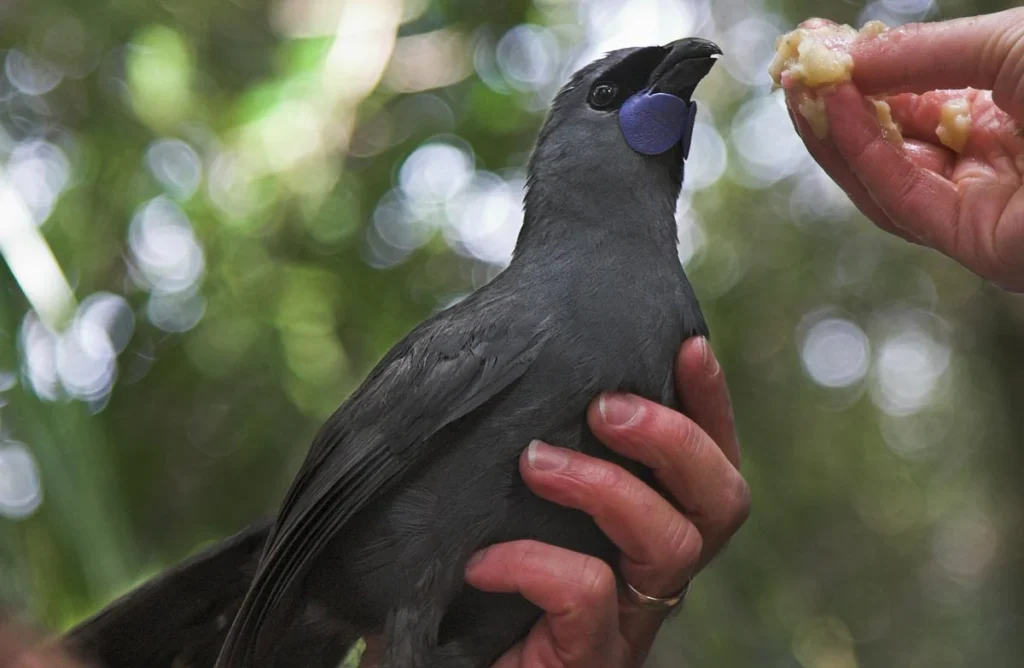

Helping a Bird
The Recovery Phase Of A Bird In Shock
The time required for a bird’s recovery largely hinges on the extent of its trauma. A more severe impact requires a few hours for healing, while a milder one might only need a few minutes. If there’s no sign of improvement within several hours, immediately transporting the bird to a wildlife rehabilitation facility is advisable.
Releasing the Bird:
- When the bird displays increased mobility and energy, it’s time to reintroduce it to its natural habitat. If you had brought it indoors, relocate the container to the initial spot where you discovered the bird, assisting it in returning to its surroundings.
- Upon release, the bird might need a moment to adjust. It might either immediately take flight or linger for a bit. Patience is key; it might require time before it’s confident enough to fly farther.
- If the original location seems unsafe, seek an equivalent, safer environment that provides the birds shelter, hydration, and nutrition.


Releasing Birds
Things You Must Avoid Doing To A Bird In Shock
- If a bird strikes your window, resist the urge to feed or hydrate it. Birds have specialized diets and shouldn’t be force-fed.
- Refrain from giving human medications to the bird. They can be harmful or even lethal to them.
- If the bird has a bleeding wound, gently wrap it with gauze to stop the bleeding.
- Prioritize getting the bird to a wildlife center for professional care.
- Never release the bird while indoors.
- Even if you detect movement inside the container you’re keeping the bird in, avoid opening it prematurely indoors. The bird could bolt out unexpectedly and become trapped inside, leading to more potential harm or panic.
Editor’s Pick: How Do Birds Clean Themselves – Understanding Avian Hygiene
The Bottom Line
The mystery of birds experiencing shock remains a puzzle for researchers. Despite years of dedicated study, the intricacies of this behavior remain largely undiscovered. While we might never fully understand why certain birds are more susceptible to shock and die than others, our priority can be their protection. By creating and maintaining safe spaces for them, we can contribute to their welfare and conservation.
